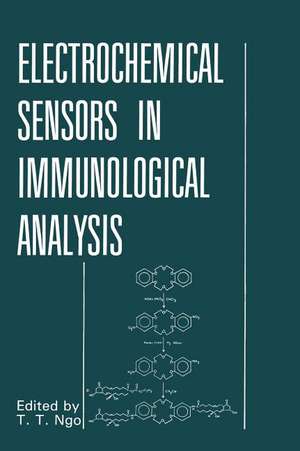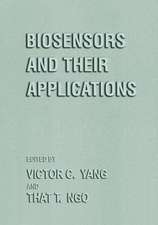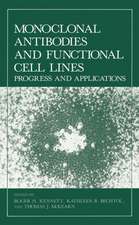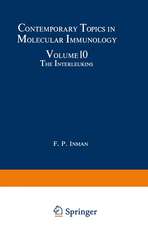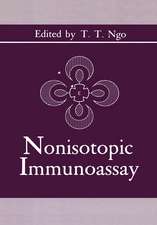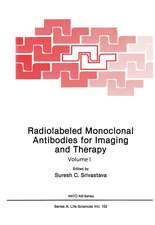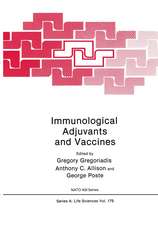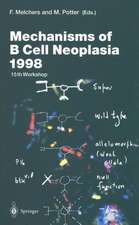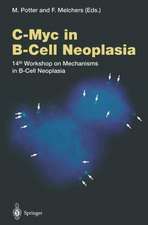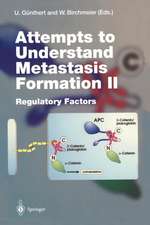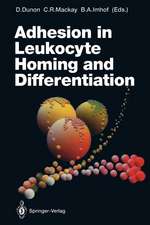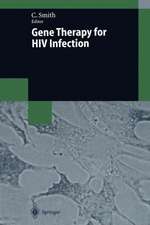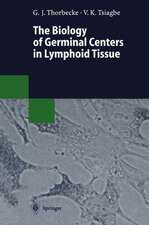Electrochemical Sensors in Immunological Analysis
Editat de That T. Ngoen Limba Engleză Hardback – 30 aug 1987
| Toate formatele și edițiile | Preț | Express |
|---|---|---|
| Paperback (1) | 1429.08 lei 6-8 săpt. | |
| Springer Us – 11 iun 2013 | 1429.08 lei 6-8 săpt. | |
| Hardback (1) | 1427.62 lei 6-8 săpt. | |
| Springer Us – 30 aug 1987 | 1427.62 lei 6-8 săpt. |
Preț: 1427.62 lei
Preț vechi: 1502.76 lei
-5% Nou
Puncte Express: 2141
Preț estimativ în valută:
273.21€ • 282.24$ • 227.38£
273.21€ • 282.24$ • 227.38£
Carte tipărită la comandă
Livrare economică 26 martie-09 aprilie
Preluare comenzi: 021 569.72.76
Specificații
ISBN-13: 9780306425806
ISBN-10: 0306425807
Pagini: 348
Ilustrații: XII, 348 p.
Dimensiuni: 210 x 297 x 22 mm
Greutate: 0.86 kg
Ediția:1987
Editura: Springer Us
Colecția Springer
Locul publicării:New York, NY, United States
ISBN-10: 0306425807
Pagini: 348
Ilustrații: XII, 348 p.
Dimensiuni: 210 x 297 x 22 mm
Greutate: 0.86 kg
Ediția:1987
Editura: Springer Us
Colecția Springer
Locul publicării:New York, NY, United States
Public țintă
ResearchDescriere
The development of radioimmunoassay (RIA) by R.S. Yalow and S.A. Berson in 1959 opens up a new avenue in ultra sensitive analysis of trace substances in complex biological systems. In recognition of the enormous contributions of RIA to basic research in biology and to routine clinical tests in laboratory medicine, R.S. Yalow, the co-developer of RIA, was awarded, in 1977, the Nobel Prize for Medicine and Physiology. The basic principle of RIA is elegantly simple. It is based on a specific, competitive binding reaction between the analyte and the radio-labeled analog of the analyte for the specific antibody raised to the analyte. The combination of high specificity and affinity of an antibody molecule makes it a very versatile analytical reagent capable of reacting specifically with analytes at a very low concentration in a complex solution such as serum. The sensitivity of RIA is provided by using a radioactive tracer.
Cuprins
On the Direct Immunochemical Potentiometric Signal.- Selective Antibody Responsive Membrane Electrodes.- Electroimmunoassay of PGE2: An Antibody-Sensitive Electrode Based Competive Protein-Binding Assay.- Immuno-Potentiometric Sensors with Antigen Coated Membrane.- The Opsonized Electrode.- Homogeneous Voltammetric Immunoassay of Haptens.- Immunoassay by Differential Pulse Polarography and Anodic Stripping Voltammetry.- Separation-Free (Homogeneous) Amperometric Immunoassay Using an Apoenzyme as the Label.- Digoxin Homogeneous Enzyme Immunoassay with Amperometric Detection.- Antibody to an Enzyme as the Modulator in Separation-Free Enzyme Immunoassays with Electrochemical Sensor.- Immunochemical Determination of Creatine Kinase Isoenzyme-MB.- Immunosensor Based on Labeled Liposome Entrapped-Enzymes.- Measurement of Complement Fixation with Ion Selective Membrane Electrodes.- Antibody-Antigen Precipitin Reaction Monitoring with an Ion Selective Electrode.- Enzyme-Linked Immunoassay with a Fluoride Ion Selective Electrode.- Heterogeneous Potentiometric Enzyme Immunoassay for Antigens and Haptens with Iodide Selective Electrode.- Enzyme Immunoassay using the Ammonia Gas-Sensing Electrode.- Homogeneous and Heterogeneous Enzyme Immunoassays Monitored with Carbon Dioxide Sensing Membrane Electrode.- Enzyme-Linked Immunosorbent Assays Using Oxygen-Sensing Electrode.- Bioaffinity Electrochemical Sensor with Preformed Metastable Ligand-Receptor Complex.- Electric Pulse Accelerated Immunoassay.- Heterogeneous Enzyme Immunoassay with Amperometric Detection.- Enzyme Immunoassay in Flow Systems with Electrochemical and Other Detectors.- Use of Immunochemical Separation and Electrochemical Detection in Flow Injection Analysis of Lactic Dehydrogenase.- Rapid Subpicomole Enzyme Immunoassay by Flow Injection with Amperometric Detection.- Contributors.
